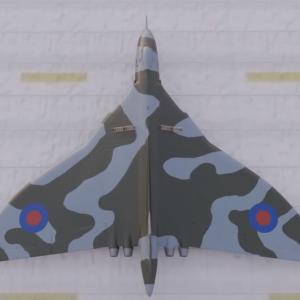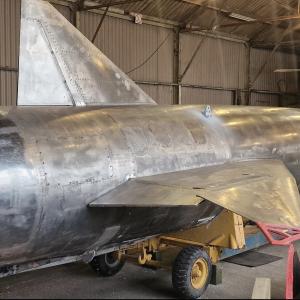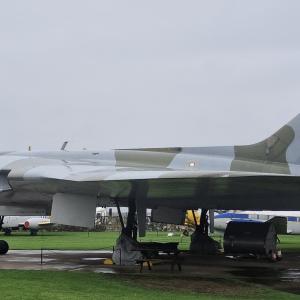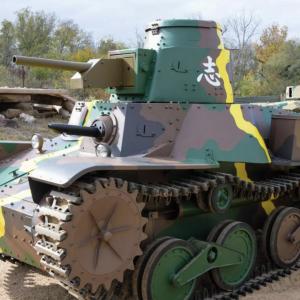
Wooden gas Rattle
During the Second World War, the threat of chemical warfare was taken very seriously by both military forces and civilian defense organizations. One of the tools developed to help warn people of a gas attack was the wooden gas rattle. These devices, simple in construction but crucial in their purpose, were widely issued and used across various countries, particularly in Britain. The gas rattle functioned as an audible warning system. It worked by manually rotating a wooden handle, which caused a slatted drum or cogwheel to spin. Attached to the frame were flaps or blades that struck the rotating parts to create a harsh, repetitive clattering noise. This sound was deliberately designed to be unmistakable and loud enough to carry over great distances, even during the chaos of bombing raids or in noisy urban environments.
The origins of the wooden gas rattle design can be traced back to earlier noisemakers used in sports events and World War I. During the buildup to and the early years of World War II, governments recognized the need for a non-electric, instantly usable gas warning system. In Britain, the Ministry of Home Security standardized the gas rattle as an official part of the Air Raid Precautions (ARP) equipment issued to wardens and emergency personnel. While no single inventor is credited with designing the wartime gas rattle, various adaptations were made to enhance its volume and durability. Many companies and workshops across Britain were contracted to produce them, using common hardwoods like oak or beech and simple joinery. Known manufacturers included firms such as J. Hudson & Co., who were already known for their production of police and military whistles.
The gas rattle’s primary role was to alert people to a chemical gas attack, which was feared but, in the case of Britain, never realized during the war. ARP wardens were trained to use the rattle only in the event of confirmed gas release, and regular drills were held so civilians would recognize the sound and immediately put on their gas masks. In addition to this primary function, rattles were also used for coordination during air raids, calling for assistance, or directing civilians to safety. On the battlefield, similar devices were occasionally used by soldiers in trenches or confined spaces to signal gas attacks when sirens or modern detection equipment were not available.
Though gas attacks never materialized in the UK, the gas rattle remained a symbol of wartime vigilance. After the war, many of these devices were collected, stored, or repurposed. Today, surviving examples are valued as historical artifacts. Collectors and museums often display them as part of broader exhibits on civil defense and the home front. Many examples still bear wartime markings such as “ARP” stamps, manufacturing dates, or the names of the companies that produced them. These details help authenticate their origin and provide insight into wartime production and civil defense planning.










